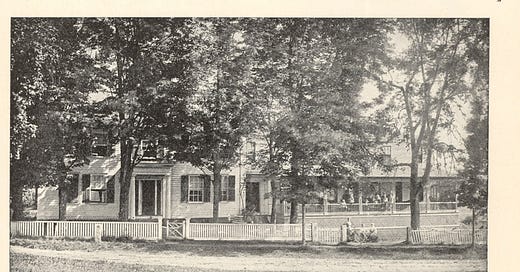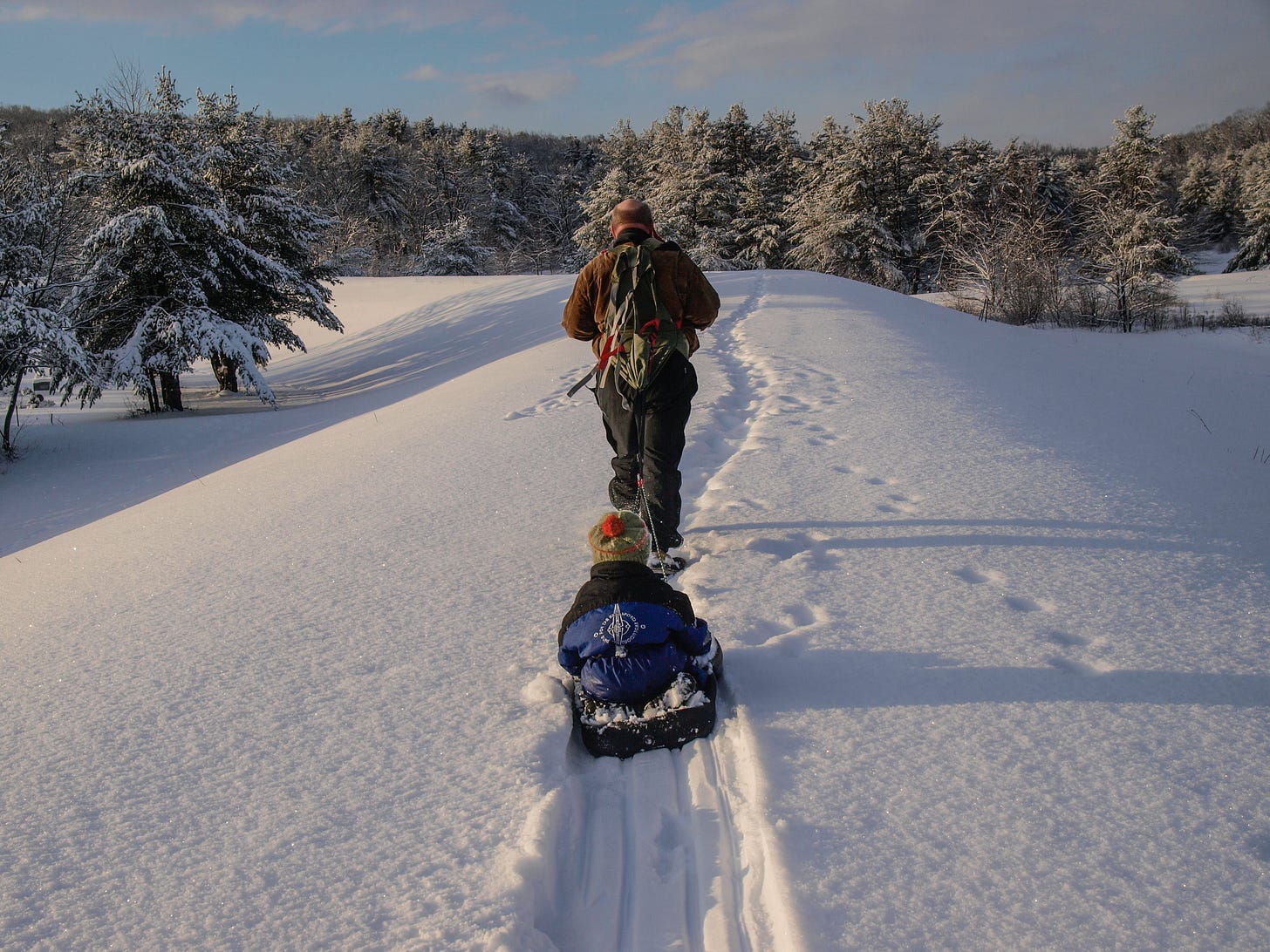Recap of page 108
Page 109
"In the summer of 1849 one of the authors (Frederic Kidder) visited his native town, to repair the tombstones of his ancestors and collect such materials as he fight: might towards a family history. In wandering over the old burying-ground' he was struck with the number of the great and good resting there, whose names and deeds were likely soon to be forgotten. On looking over the town records of the period of the Revolution he could not but admire the firm and bold resolves of the citizens, their clear views of republican principles and constitutional liberty, and their self-sacrificing patriotism. He desired that some one should chronicle the history of the town, before the loss of records or the death of the remaining few whose memory extended back to early times should render it too late. After unavailing efforts to prevail on some one to undertake the task, he concluded to attempt it himself."
As one turns the pages of a book like this, one realizes anew how much of the real flavor of New England history and life is preserved in such local works. This history of New Ipswich is dedicated appropriately to Samuel Appleton. Two of its dozen and more chapters are devoted to the Revolution, and very vivid pictures they give us of those times that tried men's souls. Here is a graphic passage describing the things which immediately followed the Concord fight.
"By preconcerted arrangements the Committees of Safety in the various towns spread the news in all directions; and so rapidly had messengers sped from town to town, that before nightfall not a place within a hundred miles but had heard the news, and in many instances with almost every kind of exaggeration. The intelligence reached this town about two o'clock in the afternoon; the Committee of Safety immediately assembled on the common and fired three guns in quick succession, the signal that had been agreed on in case of a sudden alarm. The people rapidly assembled, and in less than two hours a great proportion of the male population met on the little common in front of the meetinghouse. After a short consultation with the oldest and most experienced, it was decided to prepare as many as possible and march for Concord. The town's stock of powder and lead was taken from the magazine, then situated on the beams of the meetinghouse, and distributed to such as had not a supply, a careful account of it being taken by the selectmen. In the mean time the alarm was extending through the remote parts of the town, and some of the men who were at work in the woods or distant fields did not reach the usual training ground till sunset; and as provisions had to be collected, so much time was consumed that probably but few…
(continued tomorrow)
On this day - January 20, 1898
William Jurian Kaula diary
20 JAN 1898
Exhibition of black and whites, posters, and architectural drawings at the Men's Club. It is a good show but not one of great interest as it is small. As for the architects work I cannot comment on its merits as it is out of my line. There were some good black-and-whites by Fangel. He is a clever young man and with a good future. He is the chief artist for the "Quartier Latin." Castaigne the well known illustrator has a large original monochrome on canvas. It is a splendid composition and drawing but somewhat too hard and thin. These defects are remedied to a certain degree in the reproducing by half-tone. Walcott has a few of his outdoor sketches made at Étaples. Lawton Parker the Lazarus scholarship from New York does not loom up as a genius or a remarkable fellow. Cline, who held the same scholarship, was a superior man. Loeb's work is good (Louis Loeb). His reputation is already made as an illustrator in New York on the monthly magazines and he will be one of the best if he is not already. Loeb paints well too and received a third class medal at the Salon last year for a portrait. The posters were not great stuff. It is a peculiar art that attracts lots of young men who do not succeed in producing good work of the more ordinary kind. Those full of great ideas and fantastic schemes for all sorts of nonsense can produce something weird and insane by making absurd posters. The best one in this show was such a direct imitation of Mucha's work that I was deceived for a moment in taking it for an original Mucha. The only other work I remember was a large long panel of a decorative landscape made by a young lady for a decoration for her studio. It was good.
On this day - January 20, 1909
James Roger diary entry
20th (Wednesday)
Frost 14 degrees of frost. Fine day wind west. Commenced our ice but water got over and stopped them. Put in three loads. D & W. Hardy went for sawdust.
On this day - January 20, 2010
John Weber pulls his son in a sled over Smithville Damsite 35





I try to include a damsite walk whenever I visit Ollie. I'd like to recommend Fed Kidder's book. The First NH regiment under Stark (12 companies, I think the largest group that was with Washington when he crossed the Delaware) was the only regiment that actually got across on that first night (4 AM). Washington's other 2 regiments failed to cross at that time. There were many New Ipswich soldiers in that group. https://archive.org/stream/historyoffirstne01kidd/historyoffirstne01kidd_djvu.txt
What an elegant building the Homestead Inn was!